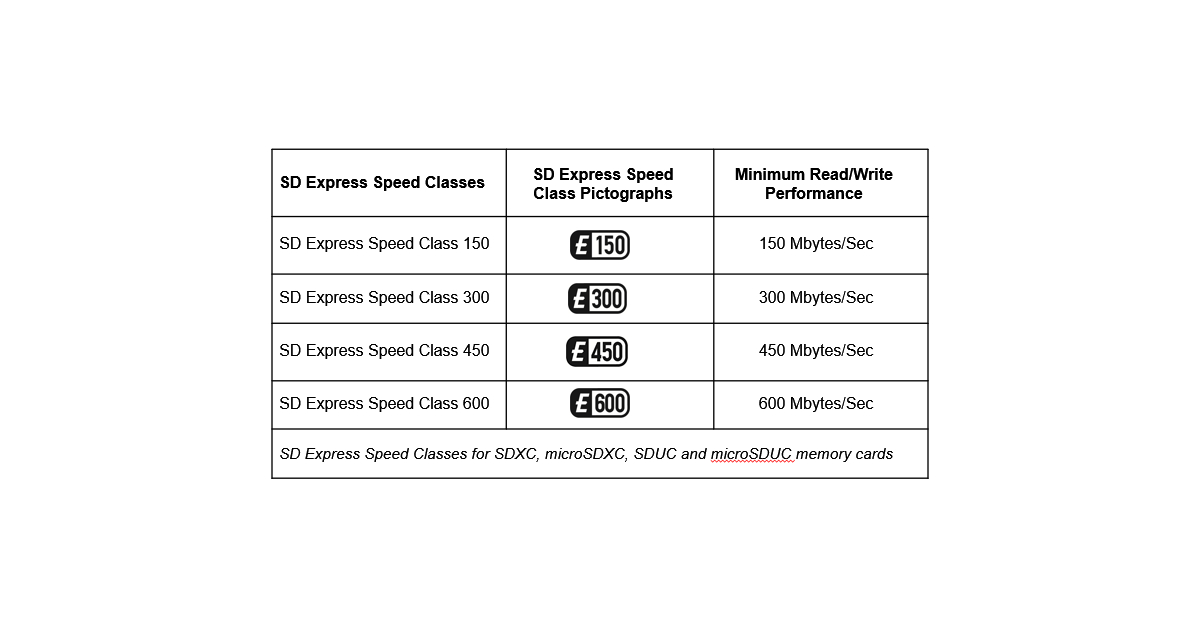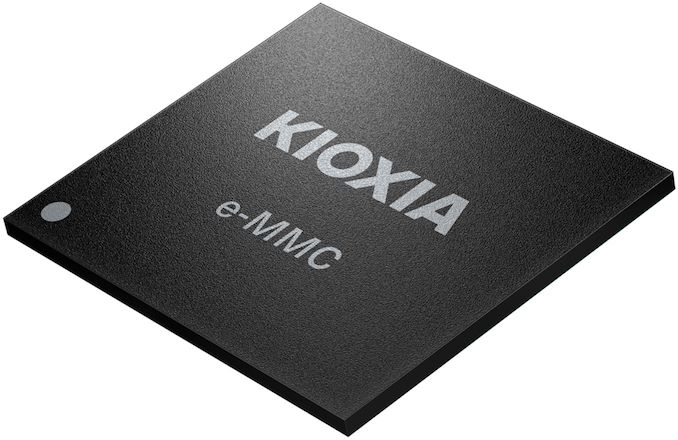If Nintendo could use old microsd cards to do the breath of the wild demo with no loading and the Matrix Awakens on switch 2, they would use old micro sd cards. But it's not possible in any way, that and the fact they want modern games ported to the platform.
I get what conclusion you're trying to jump to here, but you're getting ahead of yourself...
Matrix Awakens is more RAM-intensive than storage-dependent; it's built on assets with procedural and modular design, so it's not streaming a massive city in, it's just putting bits of its 24 building kits together in different ways as you cruise through. (
Steam Deck runs Matrix City Sample capably enough with 'normal' storage.) A BotW demo without loading could just be from there being more RAM to stem the segment loading (though I'm not sure why that would be a point mentioned by Nintendo as a feature of the demo if it wasn't for fast I/O; weirdly, the reports on there being no loading in the demo make no mention of
why there was no loading, which kind of defeats the purpose of it being mentioned.) It'd make sense for these two demos to be showing something of a faster storage technology used in the Switch successor, sure, but it's not a requirement to make the demo work and it's not been a key discussion point in Switch 2 spec rumors that fast memory is a priority feature.
It's not because Nintendo wants the best tech, it's because at this point there's no other option if they want a generational leap.
I'm not disagreeing that fast storage isn't critical to a Switch successor, or even that Nintendo would see that as worth a splurge for the sake of its new console's future. I agree, and have been eager to see I/O be a key advancement point for a new Switch. And something like SD Express could be beneficial in completing that solution. But what we are talking about here are removable, off-the-shelf storage cards. They are not the format that Nintendo would use to make game cartridges. They are not the format that would be used in the Switch 2's included storage system. (Unless Switch 2 oddly shipped with no onboard storage and instead used a SD Express card for all game and storage uses? Seems iffy.) They are simply a memory card format, which Switch 2 may or may not be able to access.
If you want to get into what type of storage Switch 2
might use (in addition to SD Express, whether or not this format gets included) to get that fast I/O, we can talk about that. For onboard storage, we're talking SSDs (which are spendy) or we can get into the cheaper but still promising advancements in EEMC. Raw sequential speed of even the best EEMCs caps at 250 MB/s, which would be fast enough for SATA comparisons (NVMe SSDs blow it away, but these SD Express minimums are not at NVMe speeds either) if it could sustain that speed. New layered 3D NAND can help newer versions of EEMC do faster random seeks and more sustained throughput, which trims the bottlenecks. These new EEMCs are still relatively small (64-128GB,) but they're cheap and they're durable and they sip power and they run sort of quickly where it counts.

www.anandtech.com
And then for the cartridges and external storage, it's getting harder to find ways to improve things, but if the Switch successor did indeed have Gen4 PCIe/NVMe interface, doors would be open to blow through a lot of previous bottlenecks. SD Express and SD Express MicroSD is a possibility, maybe CF Express could be in the talks, a custom solution for the cartridges and/or a proprietary storage solution only for Switch 2 may be needed if SD Express continues to underwhelm or be unavailable in portable reader form (and/or security concerns eventually get Nintendo to go the Vita route,) etc. The interface base and the storage file format must come first before they decide what shape of plastic to put the chips on.





